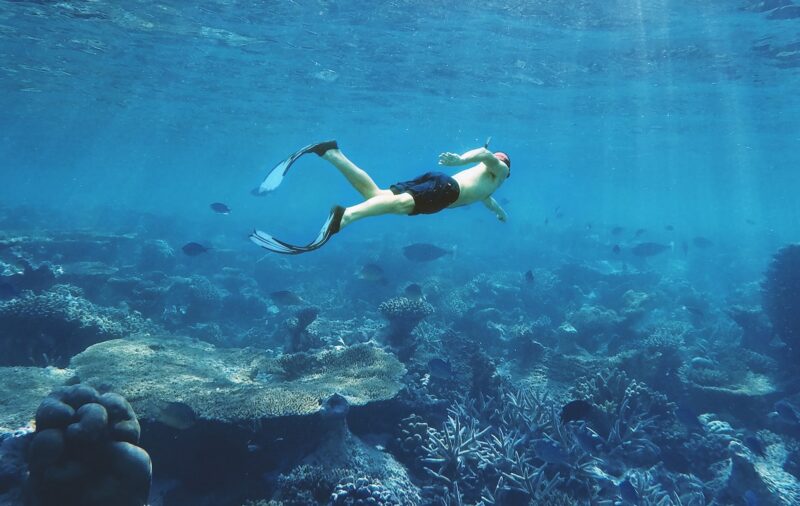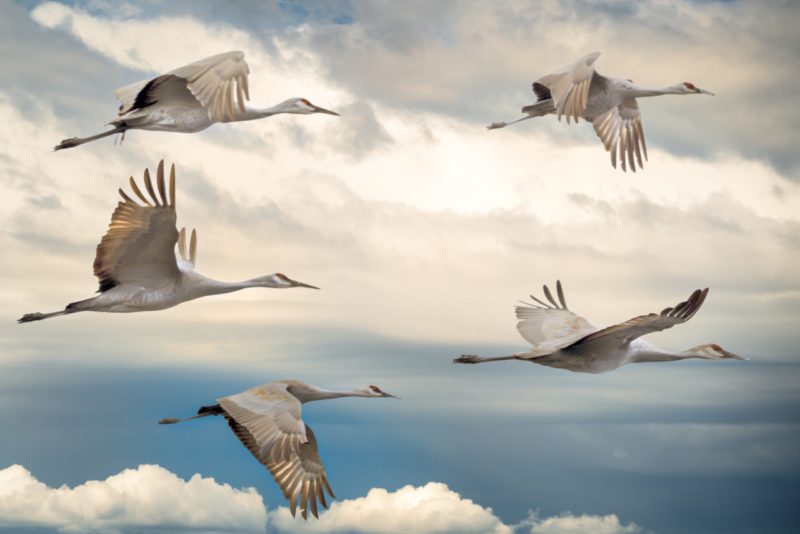Whale watching is an awe-inspiring experience that allows people to witness the majesty of these gentle giants up close. Observing whales in their natural habitat as they breach, spout, and dive is an unforgettable adventure that connects us to the wonders of the marine world. It fosters a sense of respect for these magnificent creatures and a deeper appreciation for the ecosystems that sustain them.
As the popularity of whale watching has increased, so has the need for responsible and sustainable practices to minimize the impact on whales and their environment. Responsible whale watching ensures that we can continue to enjoy and learn from these incredible animals without causing undue stress or harm. By adhering to guidelines and regulations, we can help protect whales and contribute to their long-term survival.
Common Whale Species and Their Habitats
Humpback Whales
Humpback whales are famous for their acrobatic displays and haunting songs. They inhabit oceans worldwide, migrating between feeding grounds in polar regions and breeding grounds in warmer tropical waters.
Blue Whales
Blue whales are the largest animals ever to have lived, reaching lengths of up to 100 feet and weighing as much as 200 tons. These gentle giants inhabit all major oceans, primarily in the open sea, and are known for their impressive dives and distinctive vocalizations.
Orca Whales
Orcas, or killer whales, are the largest members of the dolphin family and are known for their striking black-and-white coloration. They are found in every ocean, from the Arctic and Antarctic regions to tropical seas. Orcas have a diverse diet, including fish, seals, and even other whales.
Gray Whales
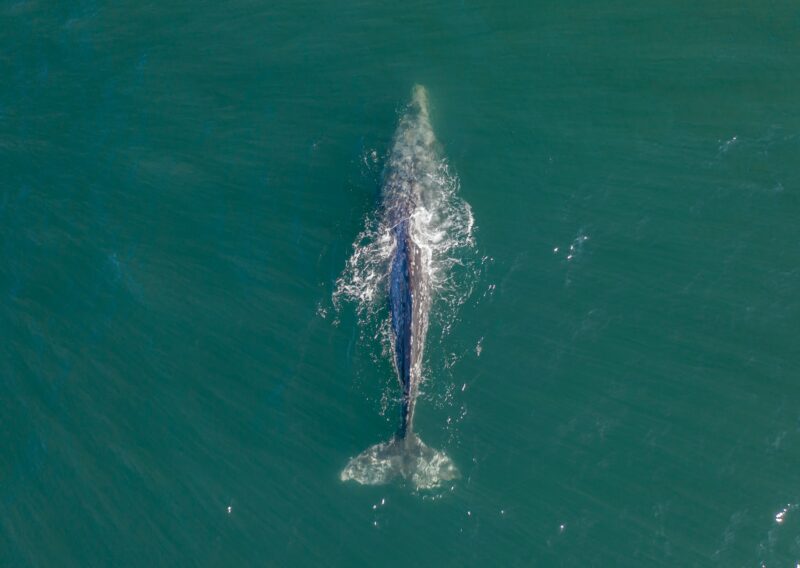
Gray whales are known for their epic migrations, traveling up to 12,000 miles round trip between their breeding grounds in Mexico’s lagoons and feeding grounds in the Arctic. They can be found along the Pacific coast of North America and are distinguished by their mottled gray coloration and knobby, barnacle-covered skin.
Seasonal Migrations
Whales undertake some of the longest migrations of any mammal, traveling thousands of miles each year in search of food and suitable breeding grounds. Many species of whales, such as humpbacks and gray whales, migrate between high-latitude feeding grounds and low-latitude breeding grounds. Understanding these migratory patterns can help you determine the best times and locations for whale watching.
Social Behaviors and Communication
Whales are highly social animals, often found in groups called pods. They communicate with each other through a complex array of vocalizations, body language, and physical contact. Some species, like humpback whales, are known for their complex songs, which can last for hours and be heard for miles. Observing these social behaviors is a fascinating aspect of whale watching.
Feeding Patterns and Diet
Whales have diverse diets and feeding strategies, depending on their species and environment. Baleen whales, such as humpbacks and blue whales, filter vast amounts of water through their baleen plates to capture tiny prey like krill and small fish. Toothed whales, like orcas, have a more varied diet, hunting fish, squid, and marine mammals. Witnessing whales feeding in the wild offers a unique insight into their behavior and ecology.
Best Whale Watching Locations
North America
Pacific Coast
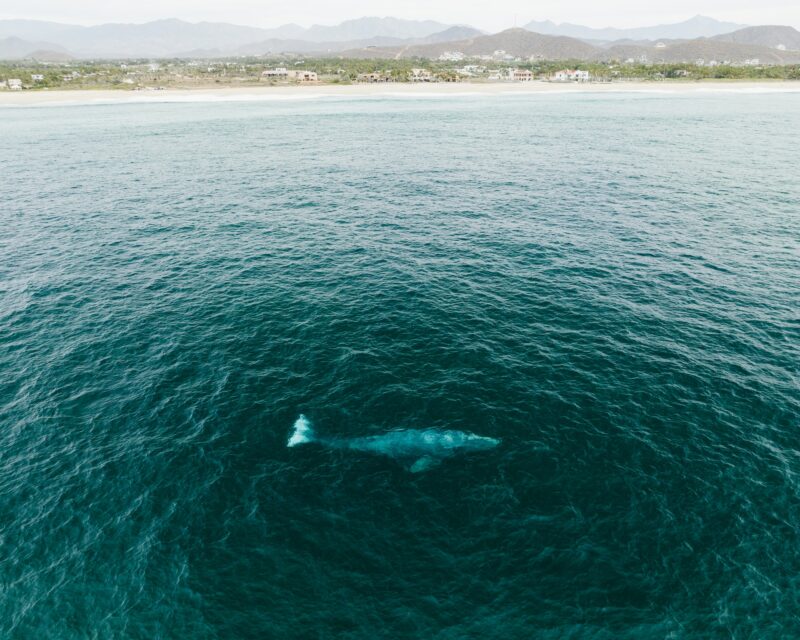
The Pacific coast of North America offers some of the best whale watching opportunities in the world. In California, visitors can spot gray whales during their migration and watch blue and humpback whales feeding in nutrient-rich waters. Further north, in the Pacific Northwest, orcas are the main attraction, with several resident and transient pods inhabiting the Salish Sea and surrounding waters.
Atlantic Coast
The Atlantic coast of North America boasts excellent whale watching opportunities, particularly in New England. Humpback, fin, and minke whales are commonly seen in the nutrient-rich waters of the Gulf of Maine. In Eastern Canada, the Bay of Fundy and the Gulf of St. Lawrence offer prime locations to spot numerous whale species, including the rare North Atlantic right whale.
Gulf of Mexico
The Gulf of Mexico provides unique whale watching experiences, with the opportunity to see sperm whales, Bryde’s whales, and even the occasional blue or humpback whale. The warm waters of the Gulf also serve as a nursery for several species of dolphins, which can be spotted alongside whales on many tours.
Central and South America
Central and South America are home to a wealth of whale watching opportunities. The Pacific coast of Costa Rica, Panama, and Colombia provides excellent chances to see humpback whales during their migrations. In Argentina, the Valdes Peninsula is a renowned hotspot for southern right whales, while Brazil’s Abrolhos Archipelago attracts humpback whales during their breeding season.
Europe
Europe’s diverse coastlines offer numerous whale watching destinations. Iceland, Norway, and Scotland are popular locations for spotting orcas, humpback whales, and minke whales. In the Mediterranean Sea, visitors can encounter fin whales and sperm whales, while the Azores, an archipelago in the North Atlantic, hosts an impressive array of cetaceans, including blue, sperm, and sei whales.
Asia
Asia’s extensive coastlines provide a variety of whale watching experiences. In Sri Lanka, the waters off the southern coast are home to blue whales, sperm whales, and several dolphin species. Japan’s Ogasawara Islands are a UNESCO World Heritage site, renowned for their diverse marine life, including humpback whales and sperm whales. In the Philippines, the Tanon Strait is a popular destination for spotting pygmy sperm whales and melon-headed whales.
Australia and New Zealand
The waters surrounding Australia and New Zealand offer abundant opportunities for whale watching. In Australia, the east coast is a prime location to see humpback whales during their annual migration, while southern right whales are commonly seen along the southern coast. New Zealand’s Kaikoura is a renowned whale watching destination, where sperm whales, orcas, and dusky dolphins can be spotted year-round.
Antarctica
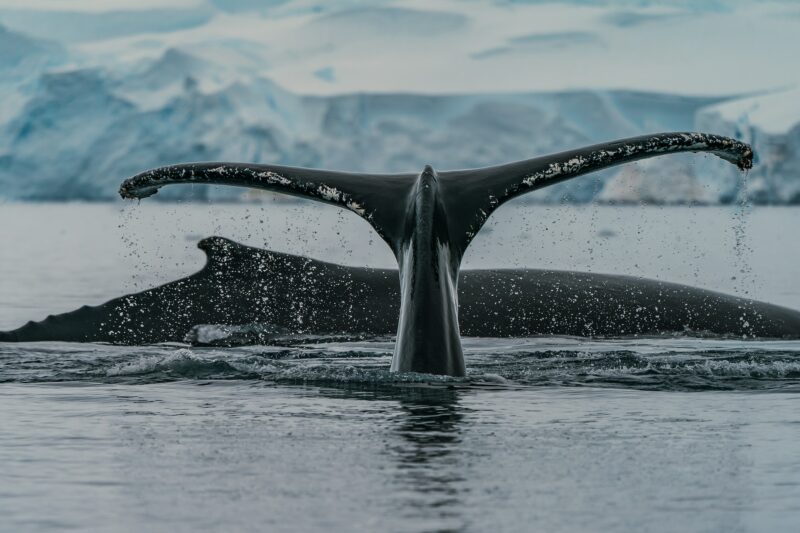
Antarctica is a truly unique whale watching destination, offering a chance to see humpback, minke, and orca whales in one of the most remote and pristine environments on Earth. Tours to the Antarctic Peninsula often include whale watching as a highlight, providing unforgettable encounters with these incredible animals amid stunning icebergs and glaciers.
Responsible Whale Watching Tours
Selecting the Right Tour Company
Choosing a responsible tour company is crucial for ensuring an enjoyable and sustainable whale watching experience. Research multiple operators, read customer reviews, and look for companies with a strong commitment to conservation and education. Check their websites and social media for information on their practices and any partnerships with environmental organizations.
Look for companies with certifications from recognized organizations, such as the World Cetacean Alliance, Whale and Dolphin Conservation, or regional accreditation programs. These certifications indicate that the operator adheres to responsible whale watching guidelines and is committed to the welfare of the animals and their environment.
What to Expect from a Responsible Tour
A responsible whale watching tour should use appropriate vessels to minimize disturbance to the whales. Smaller, low-impact boats or sailboats are generally preferred, as they produce less noise and have a lower risk of collision. However, larger vessels can still be sustainable if they are designed specifically for whale watching and adhere to strict guidelines.
A knowledgeable and experienced crew is essential for a responsible whale watching tour. The crew should be able to educate passengers about whale behavior, biology, and conservation, ensuring that everyone on board understands the importance of protecting these animals and their habitats. They should also be skilled at spotting whales and interpreting their behaviors to minimize any potential disturbances.
Responsible whale watching tours typically limit the number of passengers on board to reduce the impact on the animals and ensure a more intimate experience for everyone involved. Smaller groups allow for better viewing opportunities and a more personalized, educational experience.
Etiquette and Guidelines for Observers
When participating in a whale watching tour, it’s essential to follow the guidelines and etiquette provided by the tour operator and crew. This may include maintaining a respectful distance from the whales, minimizing noise, and not feeding or touching the animals. By following these rules, you can contribute to a more enjoyable and responsible experience for both you and the whales.
Supporting Conservation Efforts
Many responsible whale watching operators support conservation initiatives through research partnerships, educational programs, and fundraising efforts. By choosing a tour that actively contributes to whale conservation, you can help support the long-term survival of these incredible animals and their ecosystems.
DIY Whale Watching
Planning Your Trip
If you prefer to plan your own whale watching adventure, research the best times and locations for spotting whales in your chosen destination. This may involve checking migration patterns, consulting local experts, or joining online communities where other whale watchers share their experiences and tips.
Before embarking on a DIY whale watching trip, familiarize yourself with the local regulations and guidelines for approaching and observing whales. In some areas, you may need a permit to engage in whale watching activities, so be sure to acquire any necessary documentation in advance.
Equipment and Safety Considerations
Bring binoculars and a camera with a zoom lens to enhance your whale watching experience. These tools will allow you to observe the animals from a safe distance while capturing memorable images of your encounters.
Equip your vessel with a marine radio and GPS system to ensure your safety on the water and to stay informed about the locations of other boats and whale sightings. Marine radios can also be used to communicate with other vessels or tour operators to share information about whale sightings and to coordinate efforts to minimize disturbances to the animals.
Ensure that your boat is equipped with appropriate safety gear, including life jackets, flares, and a first aid kit. Familiarize yourself with the proper use of all equipment and ensure that all passengers are briefed on safety procedures before setting out.
On-the-Water Guidelines
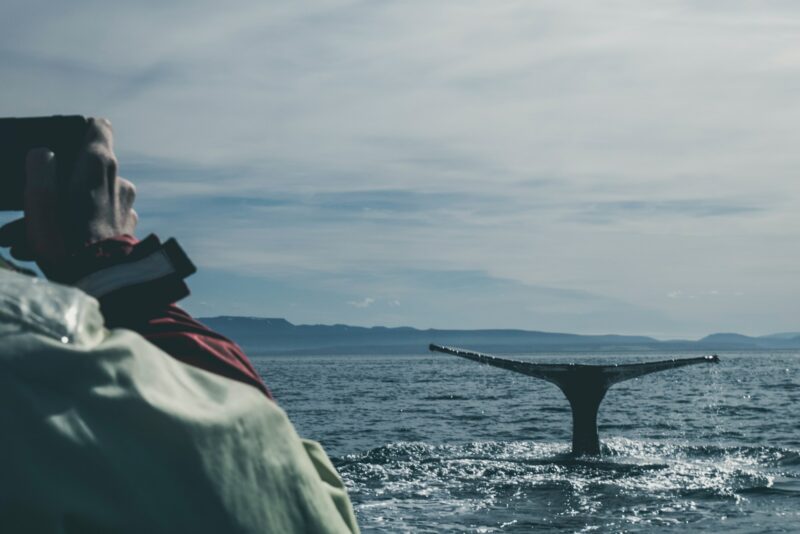
When approaching whales in your own vessel, adhere to the local guidelines and maintain a respectful distance. In many locations, this means keeping at least 100 yards (300 feet) away from the animals. Be cautious and approach slowly, avoiding sudden changes in speed or direction that could startle the whales.
Minimize your impact on the whales by limiting your observation time and avoiding activities that may disturb them, such as revving your engine, playing loud music, or attempting to attract the animals by throwing food or other objects into the water.
In some locations, you may be encouraged or required to report your whale sightings to local authorities or research organizations. Sharing this information can help researchers monitor whale populations and movements, contributing valuable data to conservation efforts.
Whale Watching from Shore
Whale watching from shore can be a rewarding and low-impact alternative to boat-based tours. Many coastal locations offer excellent vantage points for observing whales, such as cliffs, headlands, and beaches. Research the best shoreline spots in your chosen destination, and consult local experts or online forums for tips on when and where to see whales from land.
When whale watching from shore, bring binoculars or a spotting scope to get a better view of the animals. Look for telltale signs of whales, such as spouts, splashes, or birds circling above the water, which may indicate feeding activity. Be patient and scan the horizon slowly, as whales can often be elusive and difficult to spot.
Early morning and late afternoon are often the best times for whale watching from shore, as the low-angle sunlight can make it easier to see the animals and their spouts. Calm, overcast days can also be ideal, as the lack of glare on the water’s surface makes it easier to spot whales. However, be prepared for the possibility of encountering whales at any time, as their movements and behaviors can be unpredictable.
Frequently Asked Questions (FAQs)
1. What is the best time of year for whale watching?
The best time for whale watching varies depending on the location and the species of whales you want to observe. Most whale watching destinations have a specific season when whales are more likely to be present, usually corresponding with their migration patterns or feeding habits. Research your chosen destination and species to determine the optimal time for your whale watching adventure.
2. How close can I get to the whales?
Guidelines for approaching whales vary depending on the location and the specific species, but generally, it is recommended to maintain a distance of at least 100 yards (300 feet) from the animals. This helps minimize the risk of disturbing or stressing the whales and ensures a more enjoyable and responsible experience for both the observer and the animals.
3. What should I wear for a whale watching tour?
When going on a whale watching tour, dress in layers to accommodate changing weather conditions and temperatures. Waterproof clothing and non-slip shoes are recommended, as the deck of the boat can become wet and slippery. Don’t forget to bring sunglasses, a hat, and sunscreen to protect yourself from the sun.
4. Is seasickness a concern on whale watching tours?
Seasickness can be a concern for some individuals on whale watching tours, especially in rougher seas or on smaller vessels. To minimize the risk of seasickness, consider taking an over-the-counter motion sickness medication before your trip, or use alternative remedies like ginger or acupressure wristbands. It’s also helpful to stay outside on the deck in the fresh air and focus on the horizon to reduce feelings of nausea.
5. Are there any age restrictions for whale watching tours?
Most whale watching tour operators welcome passengers of all ages, but some may have age restrictions for safety reasons, particularly on smaller vessels or in rougher conditions. Check with your chosen tour operator for any age restrictions or recommendations before booking your trip.
6. How can I help support whale conservation efforts?
There are several ways you can support whale conservation efforts, such as:
- Choosing responsible whale watching tours that adhere to guidelines and contribute to conservation initiatives.
- Donating to organizations dedicated to whale conservation and research, such as the World Cetacean Alliance or Whale and Dolphin Conservation.
- Reducing your plastic waste and being mindful of your seafood choices to help protect marine habitats.
- Raising awareness about whale conservation by sharing your experiences and knowledge with others.





